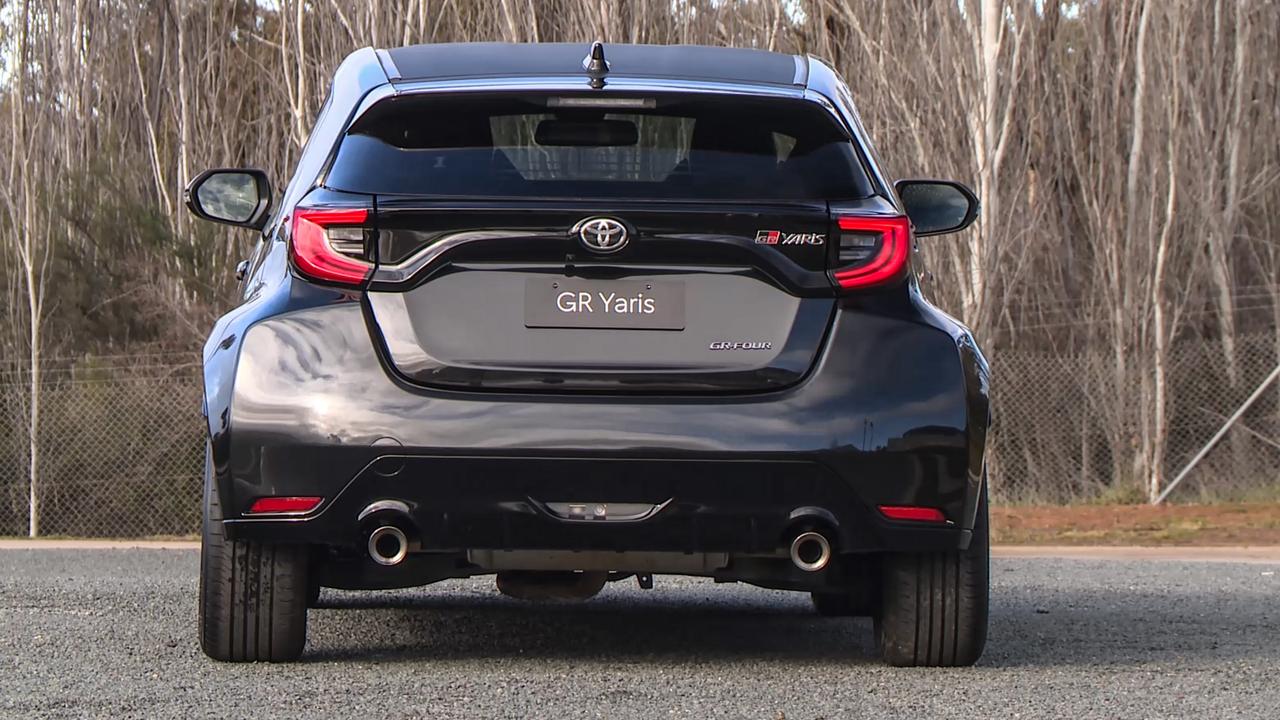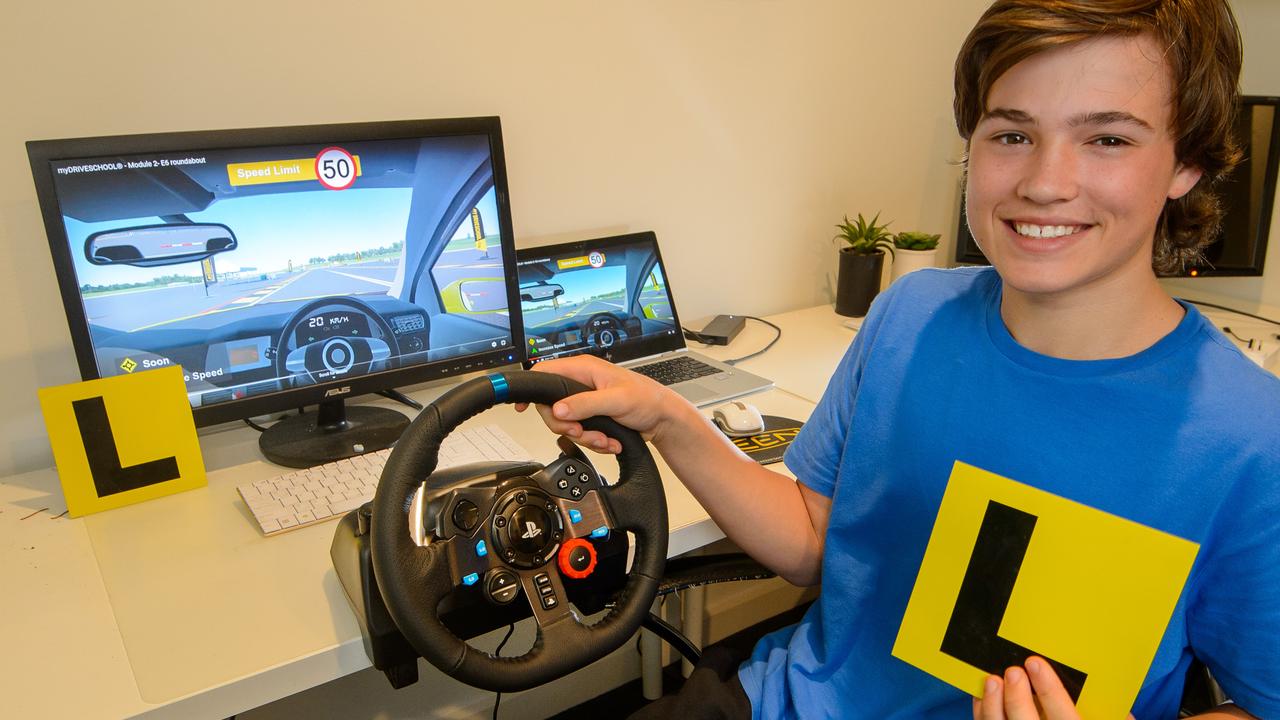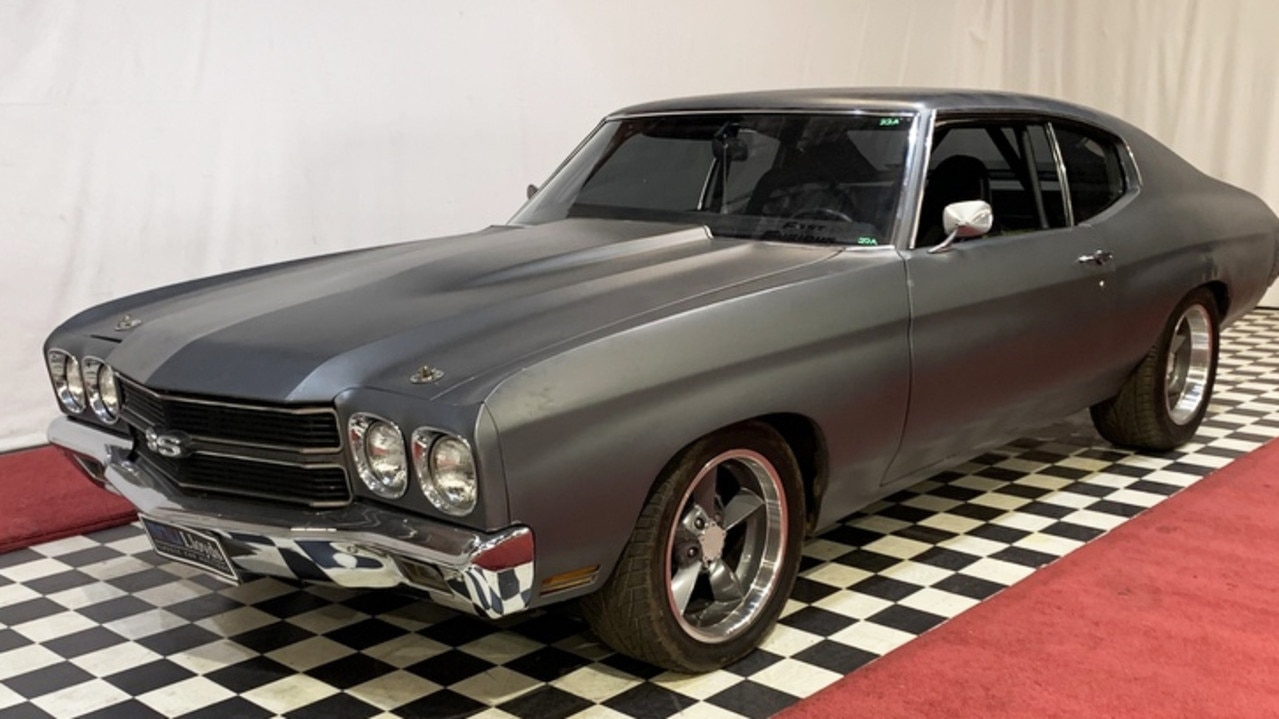Service stations will suffer if they don’t plan for EV future, says Hyundai
Traditional fuel suppliers could see their profits go up in smoke unless they plan for a zero-emission future.
SERVICE stations’ monopoly on dispensing fuel is at risk unless they plan for the new generation of alternative fuel vehicles, an expert says.
Inaction will also put profit-making convenience stores at risk if electric and hydrogen powered vehicles can’t refuel on their forecourts.
That’s the message Hyundai’s manager of future mobility and government relations, Scott Nargar, has been impressing on the industry — and they’re starting to take notice.
Nargar took oil company and alternative fuel industry executives to South Korea in late 2016 to show them where the future is headed.
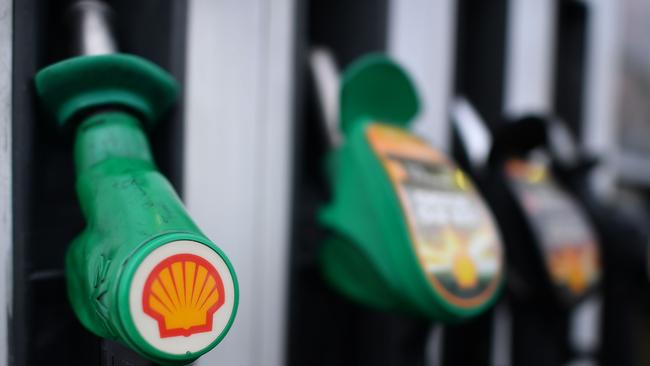
“We got to drive the previous generation fuel cell cars and drive electric vehicles and autonomous vehicles and we said ‘what’s the future of an oil company site in Australia if the industry isn’t planning right now for the transport fuels of the future. Our customers of the future won’t come in looking for petrol to put in the vehicle, they’re going to want electricity or they’re going to want hydrogen. If you want to keep selling milk, bread and chocolates you need to start thinking about selling the fuels of the future across the forecourt’,” Nargar says.
Shell is already one of the global leaders in rolling out hydrogen refuelling stations in California and has locally joined BP and Caltex as members of the recently formed Hydrogen Mobility Australia lobby group.
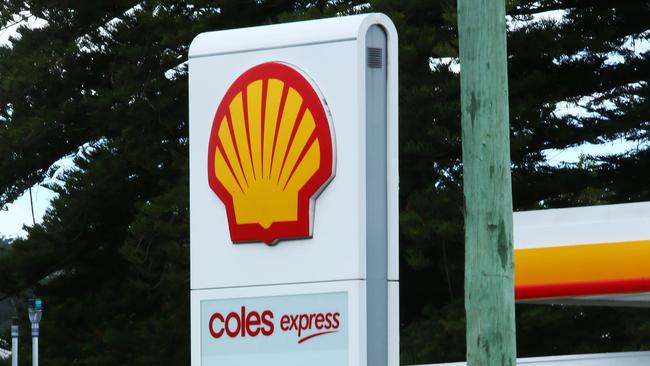
Nargar says the oil companies’ existing real estate, in the form of traditional service stations used by trucks, buses and privately owned vehicles, gives them an early advantage, providing they act as quickly as newcomers who see the potential for disruption.
Those players include gas companies, who can create hydrogen as a by-product of their business or as an adjunct to their existing operations and technology companies who can leverage the electricity grid to create, store and sell electricity and hydrogen when supply exceeds demand.
Nargar admits hydrogen is still in its infancy compared to battery electric vehicles but says large cars, buses and trucks are all better suited to hydrogen power, providing they cover long distances.
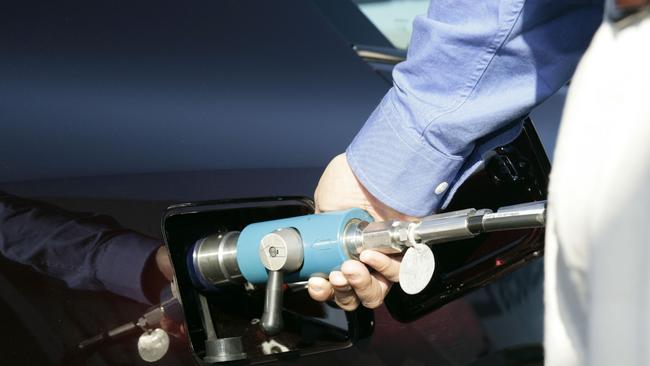
“At the moment EV charging technology is cheaper to produce and to roll out. EVs are easy but I think in the long term we need to look at both areas,” he says.
“People keep asking me ‘what is going to be the winner: fuel cells or electric vehicles’? Really the winner is going to be zero-emission technology.
“Let’s not pick a winner now; the market is going to determine that … let’s embrace and actually start getting a bit of infrastructure on the ground in Australia and try catching up to what’s happening in Europe and North America. We’re about 10 years behind in both cases.
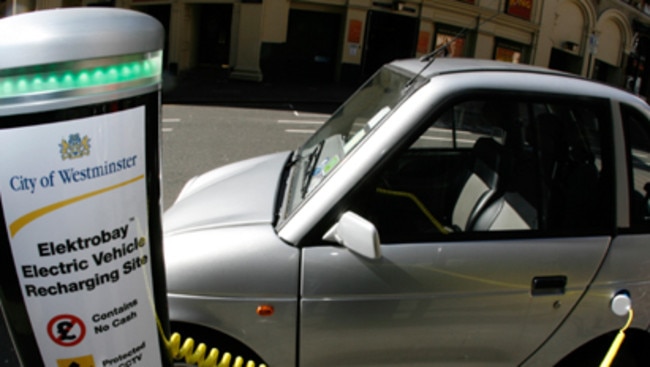
“We’re the best example in the world of when there’s no direct engagement and involvement by the government, there’s no infrastructure investment … we’re a great example of how a market basically fails.”
Hyundai is backing up the talk with action and plans to have three electric powered vehicles on sale in Australia by the end of the year — the Ioniq compact passenger car and Kona small SUV, both powered purely by batteries and the Nexo large SUV with a hydrogen powertrain.

